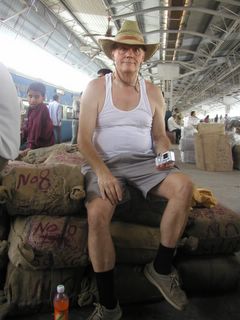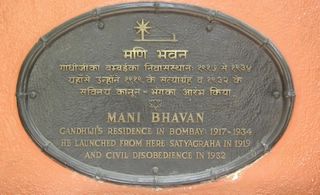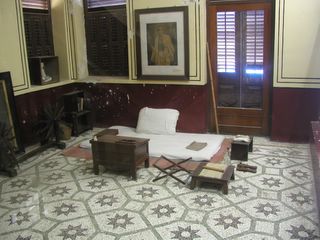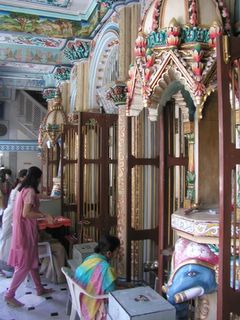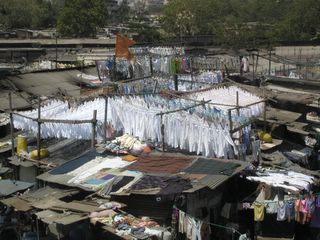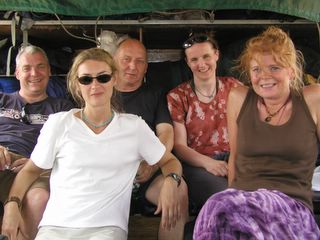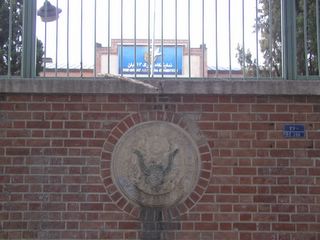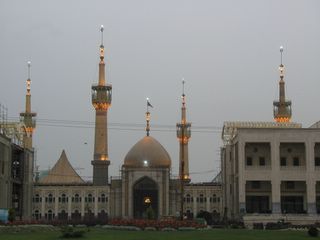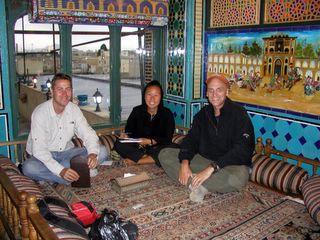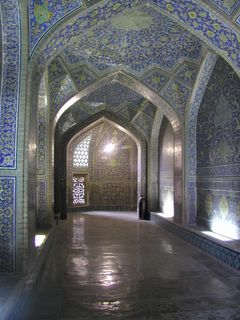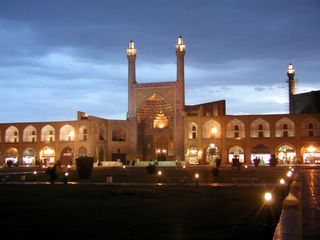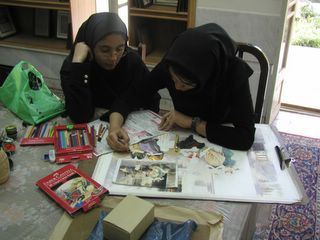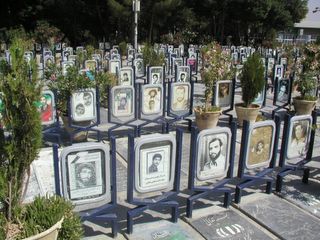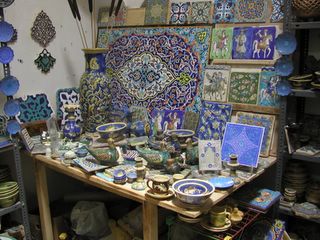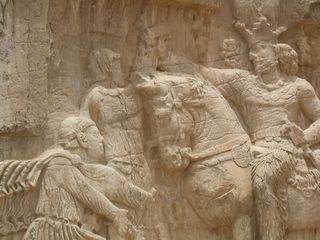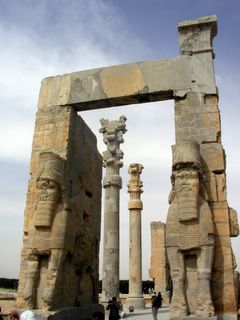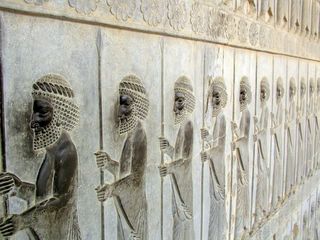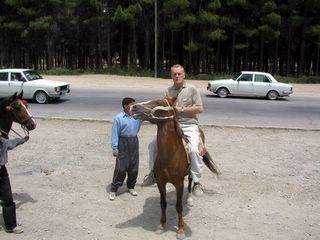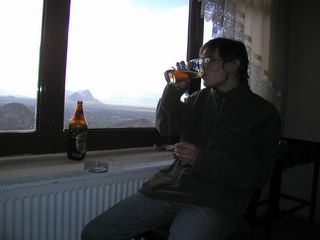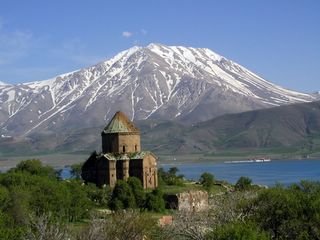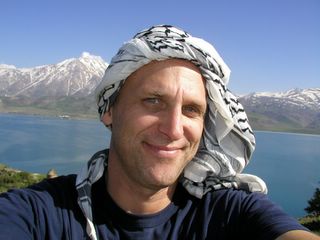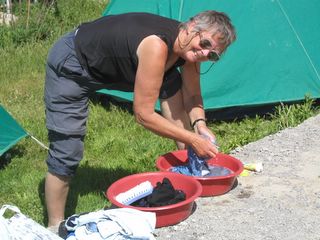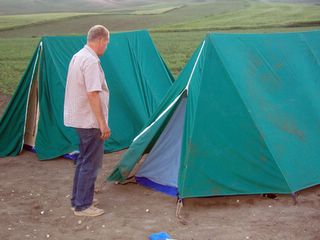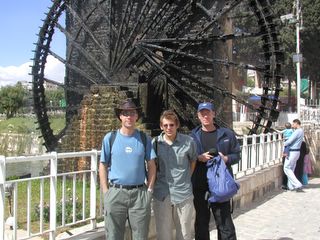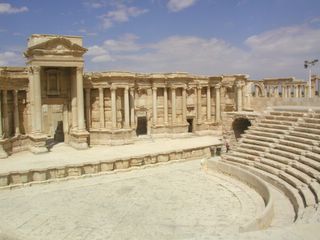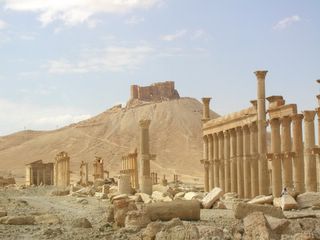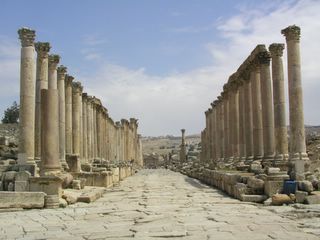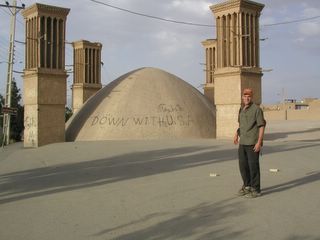
The towers you see are used to capture the wind and send it to the rooms below. These wind towers are precursors of air conditioning. Not surprising, I'm sure, as you can also see there is some anti-American sediment within Iran. Many of the Iranians are fearful that George W. Bush will wage war on Iran under false pretenses as he did on Iraq. While this is the general sentiment, one Iranian did say he liked George W. Bush because President Bush eliminated two of Iran's enemies, the Taliban and Saddam Hussein.
Nevertheless, in spite of the U.S.-Iraq war, many of the Iranians that I spoke with were intrigued with western world. Then again, most of the Iranian's that I've spoke with, spoke English (because I don't speak Farsi), therefore it was probably a biased sample. My guess is that most Iranians that studied the English language already have a pro-western view of the world. Their opinion of the western world is probably not that of an average Iranian. Nevertheless, the underlining consensuses of the Iranians that I spoke with say that they like American people but don't necessarily agree with the government.
Overall, the Iranian people have gone out of their way to be hospitable and made us feel welcome in their country. People would randomly approach us on the street to ask if we needed help finding some place or just to chat. Besides being very friendly, they are also very courious about what foreigners think about Iran and Iranians. OK, enough, but I have to ask, anyone thinking about changing there summer vacation plans?
